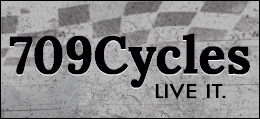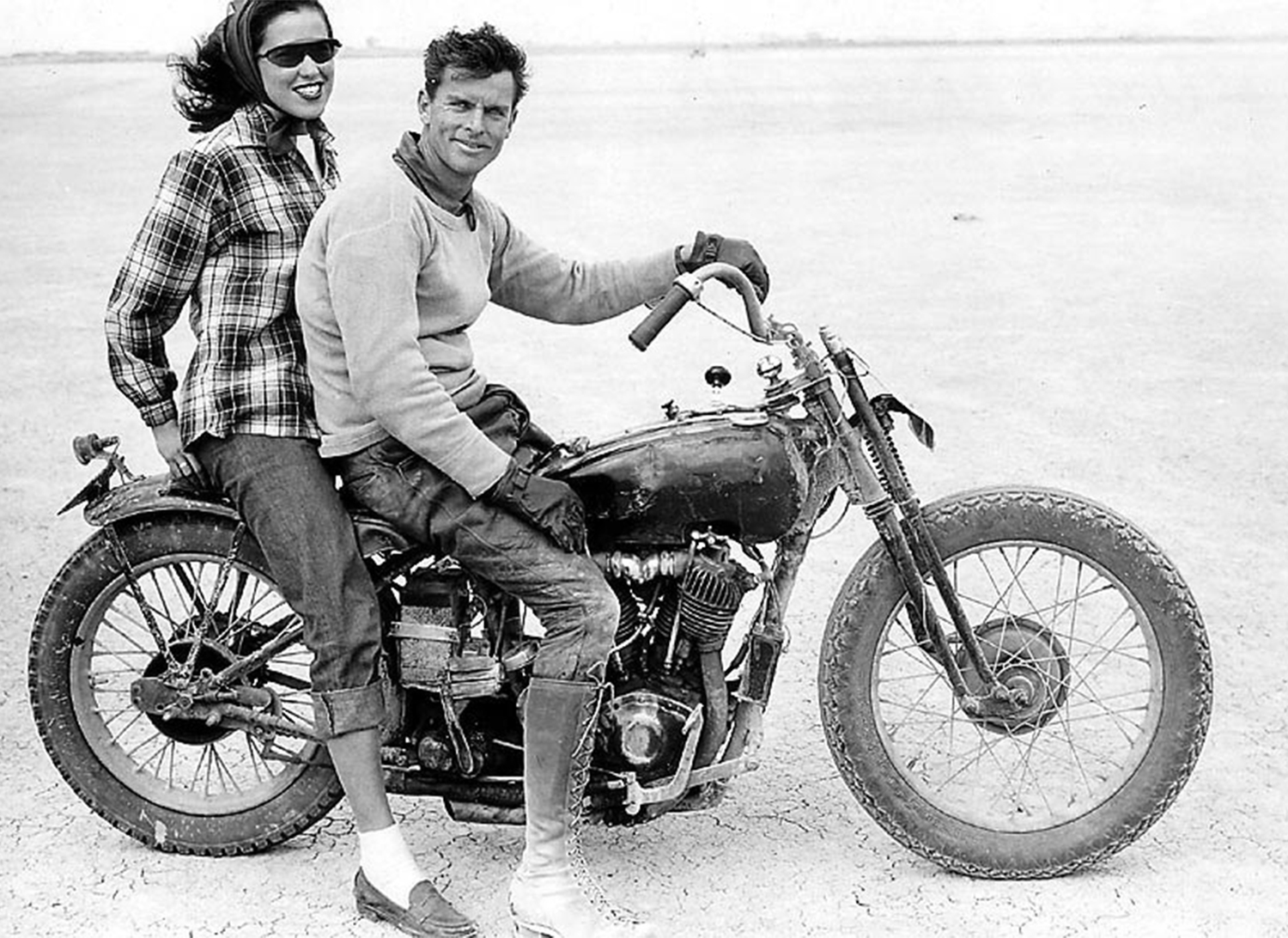This motorcycle was built, ridden, and raced in the late 1940s and into the 60s by the late Don Fera. Don was a pilot when he purchased this ’36 VLD. He served in WW2 in the Pacific as a fighter pilot with the U.S Army Air Corps, a 2nd lieutenant who flew the famous Lockheed P-38L Lightning. He returned from duty in Japan six months after the Japanese surrender and promptly resumed his motorcycle racing passion. Don was the real deal. We’ve all read and heard stories of the WW2 returning vet, biker, hard-drinking, motorcycle racer. Don was also a very talented mechanic ahead of his time, a daring racer, and a sometime-movie-stunt rider. He was a young man called to duty in a foreign land and put behind the controls of a fighter plane at the age of 25. I imagine the urge to replicate that sort of excitement after returning stateside would be hard to suppress. Motorcycle riding/racing and car racing filled that urge for a lot of guys. Those guys built the aftermarket hot rod and motorcycle industry we all enjoy.
Below are some details about the bike and a brief record of the history as we know it. Don modified this VLD with a ULH top end, 13 fin cylinders and aluminum heads for a total displacement of 80 cubic inches. He modified the total loss oil system to run full-oiling, and ditched the VL fuel tank with its hand oil pump for a set of WR narrowed dirt track racer tanks. A Goodyear Grasshopper tire on a 19″ rear wheel, and an Avon tire and 20” rim from a British bike are mounted on the VL fork. Flanders bars and risers and a WR seat round out the chassis. The engine has hotter cams from an unknown cam grinder and a custom 2-into-1 exhaust with a Harley WRTT tailpipe. The chrome primary cover is reinforced inside to act as a skid plate. The exhaust system is particularly notable for its wide power band and harmony with the other engine modifications as it looks like a fairly difficult project to do and most guys would have just slapped a set of straight pipes on it. The bike is completely as he had it in 1953 during the filming of the Marlon Brando film…The Wild One. The only changes are a new battery, a carb float that was ruined by modern gas and a new rear tube. God knows how old the spark plugs are. This bike is a one-kick machine and a blast to ride. Its numerous custom modifications, many of which are unheard of, even today, speak volumes for Don’s talent as a mechanic and innovator.
History of the bike and its former owner as known to date:
• Don returned from serving in the Pacific as a fighter pilot in the Army Air Corp in 1945 or early 46. His last flight record shows Dec. 1945
• He raced this bike at various tracks in the SoCal area. Lincoln park was a favorite. They raced speedway, which at that time was flat track as I understand the racing papers of the time. Don took 5th place in the Big Bear Race in 1948 on this bike. We find race results that show high finishes at tracks as far as Arizona. Still researching the race history.
• His picture and that of his friend and riding partner, Homer Drown, are shown racing at Lincoln Park, Los Angeles, 1948, in a Bob Magill photo in the book, Harley-Davidson, The Milwaukee Marvel, by Harry V. Sucher.
• Racing and riding in and around Los Angeles at places like Lincoln Park and Crater Camp, Malibu caught the attention of some Hollywood movie people and in 1953 he was recruited to ride in what turned out to be the premier biker exploitation movie, The Wild One starring Marlon Brando. Don is shown in the beginning of the movie laying down this bike during a race. He and this bike are also shown in the “drag for beers” scene. Don is also shown riding into the bar with his club brother with a broken leg on the back of a Panhead. We captured some screen shots of Don and this bike, as well as him riding it into the bar. We are unaware if any other bikes from the movie exist today.
Movie history notwithstanding, this bike is one of the finest examples of a survivor of the birth of the modern chopper. Whether you call it a bobber, chopper or a racer, it’s definitely an impressive example of earliest post-war biker culture.
Nice motorcycle sure, but it is the builder, rider, racer, fighter pilot who deserves the admiration and respect for showing the bravery and patriotism that many men and women of his generation, “The Greatest Generation” showed when their country needed them.

